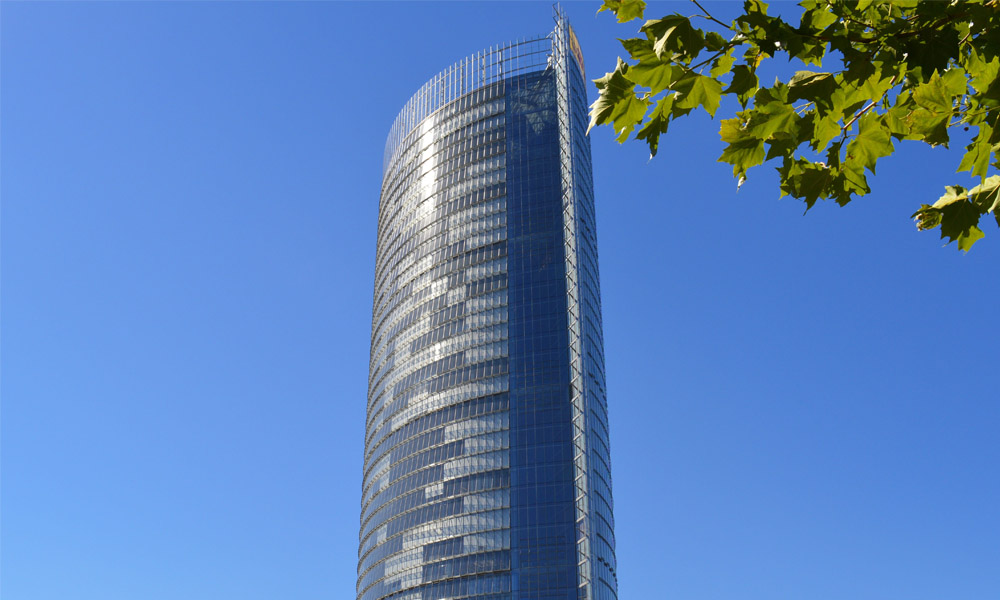

The Aesthetic and Functional Appeal of Brown Reflective Glass
In the world of architecture and design, the materials we choose can profoundly influence aesthetics, functionality, and environmental effects. Among these materials, brown reflective glass is gaining popularity for its unique characteristics and versatile applications. This article explores the aesthetic allure and practical benefits of brown reflective glass, as well as its impact on modern architecture.
Aesthetic Appeal
Brown reflective glass offers a captivating visual experience, allowing buildings to exude sophistication and warmth. Its rich, earthy tones add depth and character, harmonizing seamlessly with natural surroundings while standing out in urban settings. The reflective quality of the glass enhances its beauty by creating dynamic interactions with light, producing a range of mesmerizing visual effects throughout the day. During sunny hours, the glass can create stunning reflections of the sky and surrounding landscapes, while during twilight, it can appear darker and more subdued, contributing to an elegant facade.
Moreover, the color brown evokes feelings of stability and comfort. Incorporating brown reflective glass into a design can lead to a sense of serenity and connection to nature, making it an ideal choice for residential buildings, offices, and public spaces alike. When paired with other materials such as wood, stone, or metal, brown reflective glass can create a harmonious blend of textures and colors, enhancing the overall design theme.
Functional Benefits

Beyond aesthetics, brown reflective glass serves several practical functions. One of its most significant advantages is its energy efficiency. The reflective coating minimizes solar heat gain, helping to maintain a comfortable indoor temperature without excessive reliance on air conditioning. This not only contributes to lower energy costs but also aligns with sustainable building practices, an increasingly important consideration in today’s environmentally-conscious society.
In addition to thermal regulation, brown reflective glass also enhances privacy. The reflective surface prevents outsiders from seeing inside while still allowing natural light to enter the space. This feature is particularly valuable for commercial buildings, where maintaining a certain level of confidentiality is essential. In residential settings, homeowners can enjoy the benefits of natural light without sacrificing privacy, creating a sanctuary-like atmosphere.
Safety is another critical consideration; brown reflective glass can be manufactured to meet stringent safety standards, ensuring that it withstands impact and reduces the risk of breakage. This makes it a suitable option for high-traffic areas and tall structures, where durability is paramount.
Architectural Versatility
The versatility of brown reflective glass is one of its most appealing attributes. It can be utilized in various applications, from large glass facades in corporate buildings to windows in cozy homes. Architects and designers often choose this material for its ability to complement diverse architectural styles, whether modern, transitional, or traditional. Additionally, it can be customized in terms of thickness, shape, and size, offering endless creative possibilities.
In conclusion, brown reflective glass stands out as a remarkable material that successfully marries aesthetics with functionality. Its striking visual appeal, energy-efficient properties, and versatility make it a compelling choice for architects and designers aiming to create spaces that are both beautiful and sustainable. As the importance of thoughtful design continues to grow, brown reflective glass is poised to play a significant role in shaping the future of architecture. Its ability to elevate spaces while promoting environmental responsibility confirms its place in modern construction and design.